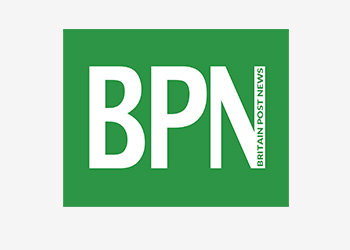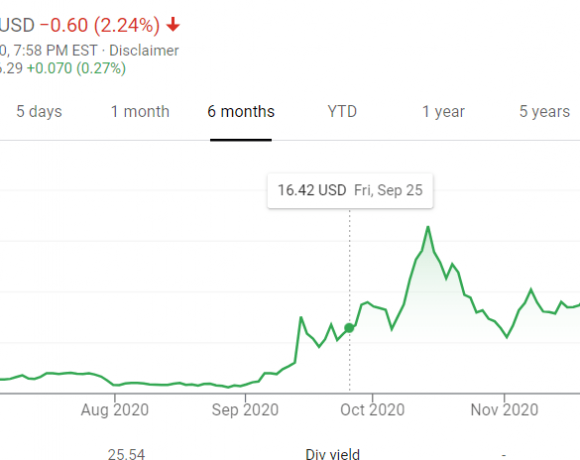Prices Rising – What is the Inflation Rate in the US?

The US consumer price index has seen a resurgence of high inflation over the past year. In February, it was running 1.7% higher than a year ago. In March, it reached 2.6%, while in April, it rose to 4.1%. Then, it rose to 5.3% in June and 6.2% in October. Fed Chair Jerome Powell characterized the increases as “transitory,” meaning that they will eventually level off and return to more normal levels.
The United States is experiencing rapid inflation, as prices are rising across the board. The recent lockdowns in China have compounded the problem, while the war in Ukraine is crimping supply chains and driving up the cost of fuel. Gas prices nationwide are now approaching five dollars per gallon, a staggering increase from $3 a year ago.
This is a concern for many consumers, since rising prices have a negative impact on their finances. However, some economists have been holding out hope that inflation is reaching a short-term peak. Gasoline prices are expected to drop, which could help curb inflation in July and August.
Cost-push vs. demand-pull inflation
Cost-push inflation is characterized by increased prices. This happens when raw materials and inventory costs increase unexpectedly. When this happens, companies raise prices to cover the increased costs and increase profit margins. However, not every event that causes a cost-push increase leads to an increase in price.
When consumers demand more goods, companies will increase production, paying more workers and investing in additional equipment. But, when the costs of production increase, they pass along these costs to the consumer, resulting in higher prices. In the long run, this can lead to stagflation, in which prices increase but unemployment increases.
Shift from goods to services
The shift from goods to services in the US economy is underway. As the summer months approach, consumer spending will begin to move from goods to services. While service volumes are back to pre-pandemic levels, goods purchases remain elevated compared to historical norms. As an example, consider the mobility data from Open Table. In March, seated diners decreased slightly, while spending on food and services rose a bit.
The shift in spending from goods to services is a good thing for business owners. It eases the pressure on supply chains and helps the Federal Reserve control inflation. This trend is reflected throughout the economy. For example, retail sales rose eight percent in April compared to a year ago, while spending at restaurants and bars increased nearly 20 percent. In addition, US consumer spending on services topped $8 trillion in March, surpassing the $8.6 trillion mark in February 2020.
Base effect
The base effect is a real factor that contributes to the rise in prices in the US. It is a factor that contributes to the increase in the Consumer Price Index as a whole. However, it is unlikely to be a significant driver in the next year. This effect is caused by several factors.
The base effect affects inflation figures by distorting them based on the previous year’s price level. For example, if the price of oil rose sharply in August, the index would rise dramatically but fall back down over the next 11 months. In this way, inflation would be subdued.
Food and energy price hikes
Food prices are expected to increase as much as 5.5% in the coming years. This will have a significant impact on restaurants. As a result, many of the same foods that people eat every day may become more expensive.
Gasoline, diesel fuel, electricity, coal, and other energy costs have all increased over the past year. Nationally, the average price of a gallon of regular gas is $3.40, the highest level in seven years. The increase in prices is due to a combination of supply and demand for energy. While the demand for energy has rebounded from a slump following the global financial crisis, production has not recovered as quickly.
The Biden administration has sought to increase production from OPEC, but has failed to do so. Instead, the Administration has resorted to filing a letter with the Federal Trade Commission alleging that oil companies are deliberately restricting their supply in order to drive up prices. This allegation is an attempt to put the blame on domestic producers for the spike in global oil prices.



